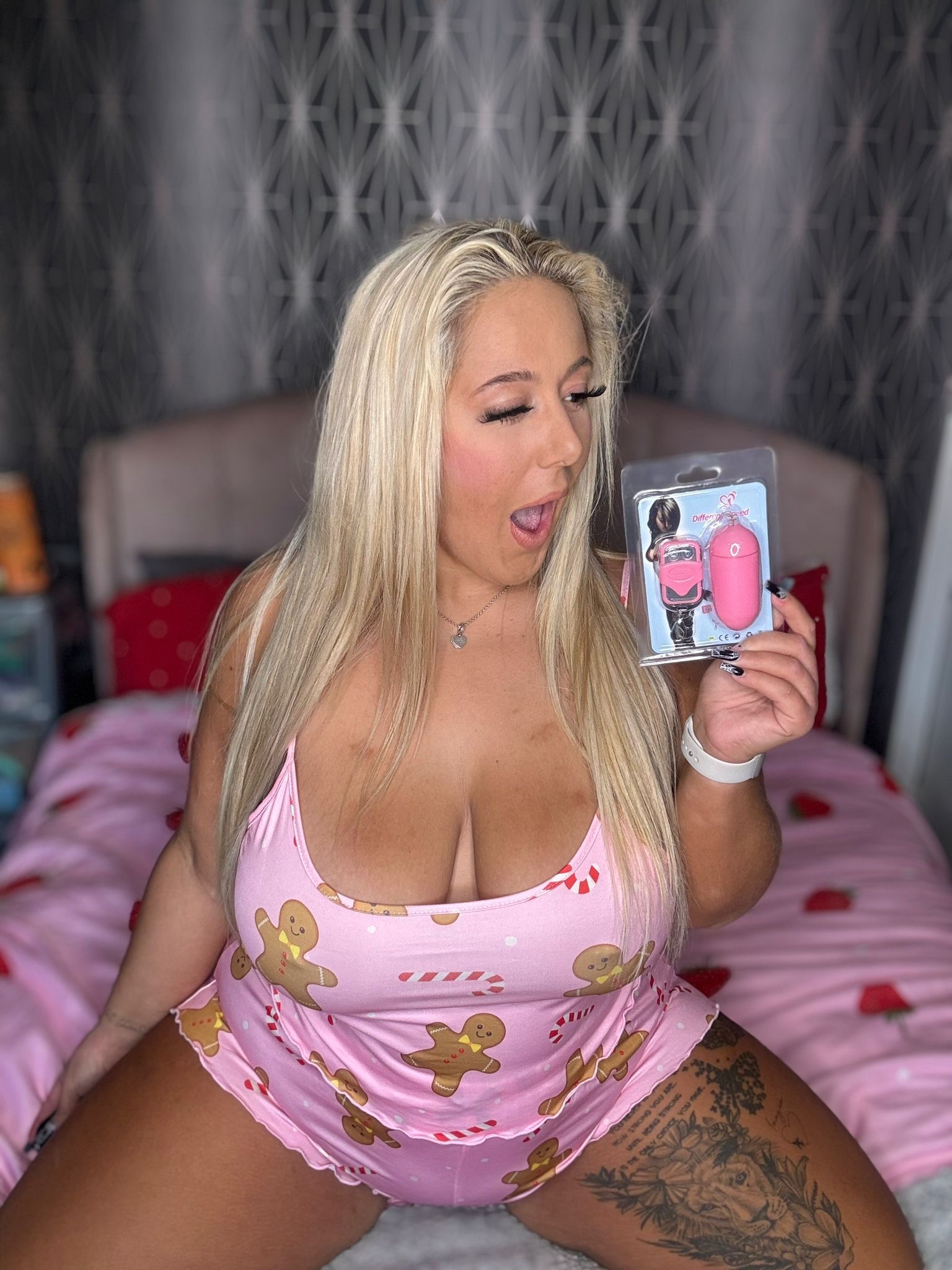The Rise Of Pansexuality In The LGBTQ+ Community
Defining the Spectrum

Pansexuality is a sexual orientation characterized by romantic or sexual attraction to people regardless of their gender identity or expression.
It’s important to understand that pansexuality encompasses attraction to all genders, including men, women, transgender individuals, non-binary individuals, and anyone else who exists on the gender spectrum.
Unlike bisexuality, which often refers specifically to attraction between two genders (typically men and women), pansexuality emphasizes an openness to all genders.
For some, “pan” is a shortened version of “panromantic,” which focuses solely on romantic attraction, while others use the term to encompass both romantic and sexual attraction.
A key aspect of pansexuality is recognizing that gender is fluid and exists on a spectrum, rather than being strictly binary (male or female).
Pansexual people often feel that their attraction goes beyond labels and categories, connecting with individuals based on personality, shared values, and emotional connection, rather than solely on their gender.
The rise of pansexuality in the LGBTQ+ community reflects a growing understanding and acceptance of gender diversity.
It represents a move towards more inclusive language and a broader recognition that sexual orientation is complex and multifaceted.
As societal attitudes evolve, so too does our understanding of sexuality, and pansexuality stands as a testament to this ongoing journey of self-discovery and inclusivity.
Defining sexual orientation, especially in contemporary society, has become increasingly complex. Traditional binary labels like “gay” and “straight” often fall short of capturing the diverse range of human experiences. The emergence of identities such as pansexuality reflects this evolving understanding.
Pansexuality, defined broadly as attraction to people regardless of their gender identity or expression, challenges the rigid confines of binary categories. It acknowledges that sexual desire is not solely determined by biological sex but encompasses a spectrum of factors including emotional connection, personality, and shared values.
The fluidity inherent in pansexual experiences further complicates traditional definitions. While some individuals identify as strictly pansexual, others may find their attractions shifting and evolving over time. This fluidity can be influenced by various factors such as personal growth, self-discovery, and changing social contexts.
It’s crucial to understand that labels are simply tools for self-identification and communication. While they can provide a sense of belonging and validation, they should not be seen as rigid boxes that confine individuals.

Embracing fluidity acknowledges that sexual orientation is not static but rather a dynamic aspect of our identity that can change and evolve throughout life. This recognition allows for greater inclusivity and understanding within the LGBTQ+ community and beyond.
Here are some key points to consider when discussing pansexuality and fluidity:
- Respect individual experiences: Each person’s journey with sexuality is unique and should be respected, regardless of their labels or how they choose to express their identity.
- Avoid making assumptions: Do not assume someone’s sexual orientation based on their appearance, behavior, or past relationships.
- Educate yourself: Continuously learning about different sexual orientations and gender identities helps foster understanding and empathy.
- Challenge binary thinking: Recognize that sexuality exists on a spectrum and that labels are not always necessary or accurate representations of individual experiences.
By moving beyond rigid definitions and embracing fluidity, we can create a more inclusive and accepting society where all individuals feel free to explore and express their identities authentically.
Visibility & Representation
Visibility and representation play a crucial role in shaping societal perceptions and understanding of different identities, including sexual orientations.
Media and pop culture have immense power in influencing language and public discourse surrounding sexuality. Increased visibility of pansexuality in movies, television shows, music, and literature can normalize the term, educate the public about its meaning, and challenge prevailing stereotypes.
Positive representations of pansexual characters can help break down misconceptions and prejudices. When people see diverse sexualities portrayed authentically and respectfully, it fosters empathy and acceptance.
Exposure to inclusive language and narratives can also contribute to a more accepting and inclusive society. As pansexuality gains greater visibility, the term itself becomes more familiar and understood by a wider audience. This linguistic normalization can empower individuals who identify as pansexual, allowing them to feel seen and validated.

However, it’s important to note that representation isn’t always accurate or positive.
Misrepresentation or stereotypical portrayals of pansexuality can perpetuate harmful narratives and contribute to misunderstanding. It’s crucial for media creators to approach the topic with sensitivity, accuracy, and a commitment to inclusivity.
Ultimately, the impact of media and pop culture on language and understanding of pansexuality is multifaceted. Increased visibility and positive representation can have a profound impact in promoting acceptance and squirting dildo challenging prejudice, while negative or inaccurate portrayals can perpetuate harmful stereotypes.
The increasing visibility and acceptance of pansexuality within LGBTQ+ communities signifies a broader shift towards more inclusive understandings of sexual orientation.
Pansexuality, an attraction to people regardless of their gender identity or expression, has historically been overshadowed by the more prominent labels of lesbian, gay, bisexual, and transgender. However, recent years have witnessed a surge in awareness and open discussions about pansexuality, largely driven by social media, activism, and changing societal attitudes.
This newfound visibility is crucial for several reasons. Firstly, it allows pansexual individuals to feel seen, validated, and understood. For many who previously struggled to find language that accurately reflected their experiences, pansexuality provides a sense of belonging and community.
Secondly, increased visibility challenges the binary notions of sexuality that have traditionally dominated societal discourse. Pansexuality dismantles the idea that attraction is limited to specific genders, highlighting the fluidity and complexity of human connection.
Furthermore, greater acceptance of pansexuality contributes to a more inclusive LGBTQ+ movement. By embracing diverse sexual orientations, the community becomes stronger and more representative of the full spectrum of lived experiences.
While significant progress has been made, challenges remain. Pansexuality is still often misunderstood or misrepresented, with some equating it to bisexuality or viewing it as a fleeting phase. Education and open conversations are essential to dispel these misconceptions and foster genuine understanding.
The rise of pansexuality demonstrates the ongoing evolution of LGBTQ+ identities and the growing demand for inclusivity and acceptance. As societal attitudes continue to shift, we can expect pansexuality to become even more visible and recognized as a valid and integral part of the LGBTQ+ spectrum.
Challenges and Conversations
The rise of pansexuality within the LGBTQ+ community brings forth a unique set of challenges and conversations, often intertwined with societal misconceptions and prejudice against both sexual fluidity and inclusivity.
One significant challenge stems from the persistent misconception that pansexuality equates to bisexuality. While there are overlaps, these identities hold distinct meanings. Pansexuality encompasses attraction to all genders, including those outside the traditional binary, whereas bisexuality typically refers to attraction to two genders.
This lack of understanding often leads to dismissal or misrepresentation of pansexual experiences. Individuals may be told they are “just going through a phase” or pressured to choose one gender identity to identify with. Such dismissive attitudes invalidate their experiences and reinforce harmful binary thinking.
Furthermore, the very notion of sexual fluidity challenges traditional societal norms that often categorize individuals based on rigid definitions of sexuality. This can lead to prejudice from those who hold conservative views on gender and relationships.
Conversations surrounding pansexuality must address these misconceptions head-on. It requires open and honest dialogue about the nuances of identity, emphasizing that attraction is a spectrum and not confined to binary categories.
Education plays a crucial role in dismantling prejudice. Providing accurate information about pansexuality and promoting understanding of diverse sexual orientations can help create a more inclusive environment.
Visibility also contributes significantly to changing perceptions. Seeing positive representations of pansexual individuals in media, literature, and everyday life helps normalize the identity and combats stereotypes.
Finally, fostering empathy and respect for individual experiences is paramount. Listening to pansexual individuals share their stories and validating their feelings is essential in dismantling prejudice and building a more accepting society.
Ultimately, navigating societal misconceptions and prejudice surrounding pansexuality requires ongoing effort from individuals, communities, and institutions. It necessitates challenging ingrained biases, embracing inclusivity, and fostering a culture of understanding and acceptance.
The growing visibility and acceptance of pansexuality within the LGBTQ+ community present both exciting opportunities and unique challenges.
Here are some key challenges and conversations that emerge when celebrating diversity within the pansexual community:
-
Internalized biphobia and homophobia: Some individuals who identify as pansexual may struggle with internalized biphobia or homophobia, stemming from societal prejudices and stereotypes. This can manifest in feelings of shame, self-doubt, or difficulty accepting all aspects of their identity.
-
Navigating the spectrum of attraction: Pansexuality encompasses attraction to people regardless of gender identity or expression. This can create a range of experiences within the community, as individuals may identify with different parts of the spectrum more strongly than others. It’s important to acknowledge and celebrate this diversity rather than imposing rigid definitions.
-
Intersectionality: Pansexual individuals come from diverse backgrounds, identities, and experiences. It’s crucial to recognize the intersections of their pansexuality with other aspects of their identity, such as race, ethnicity, class, religion, and disability. This requires sensitivity and understanding to ensure inclusivity for all.
-
Representation and visibility: While pansexuality is gaining more recognition, it’s still often underrepresented in media, popular culture, and social discourse. This lack of visibility can make it harder for individuals to feel seen, understood, and validated.
Conversations within the pansexual community should focus on:
-
Creating safe spaces: Building spaces where pansexual individuals feel comfortable expressing themselves openly and authentically is essential. This includes fostering environments free from judgment, prejudice, and harassment.
-
Educating and raising awareness: Challenging misconceptions and stereotypes about pansexuality through education and dialogue can help foster understanding and acceptance.
-
Sharing experiences and stories: Encouraging individuals to share their personal stories and perspectives can create a sense of community, belonging, and validation.
-
Advocating for inclusivity: Working towards creating more inclusive policies, practices, and environments in all areas of life is crucial for ensuring the well-being and rights of pansexual individuals.
By addressing these challenges and engaging in open and honest conversations, the pansexual community can continue to grow and thrive, celebrating its diversity while advocating for equality and acceptance for all.
Read what’s fully explained
Discover more of this article
- Upper Face Anti Wrinkle Treatment Near Hersham, Surrey - June 5, 2025
- Nefertiti Neck Lift Treatment Near Kingston Upon Thames, Surrey - June 5, 2025
- NCTF 135 HA Near Norwood, Surrey - June 4, 2025
